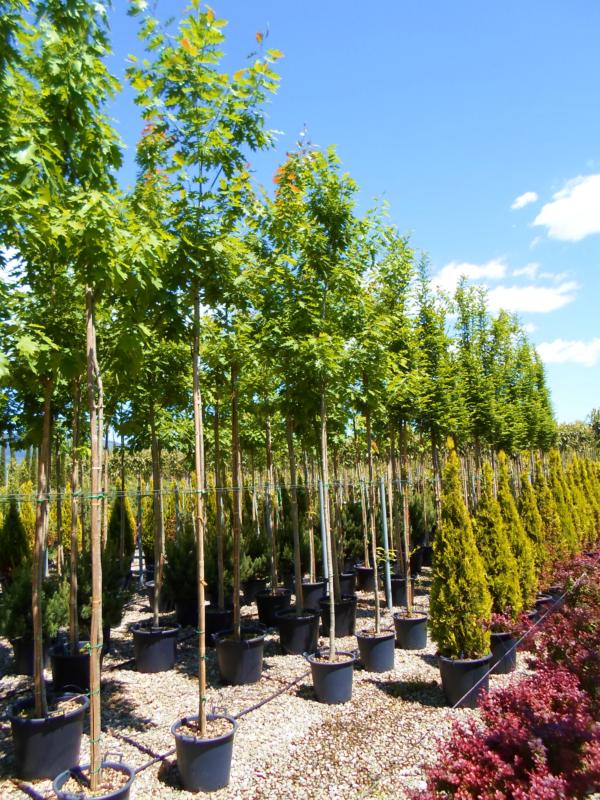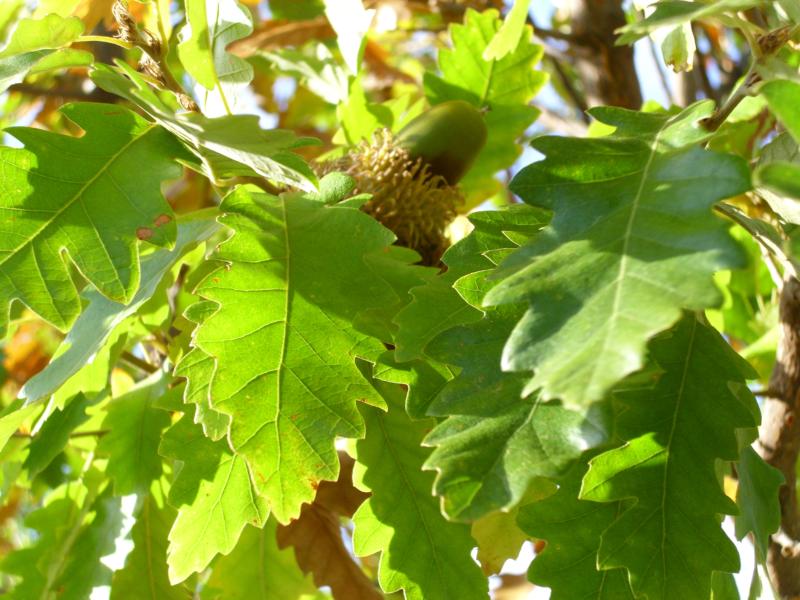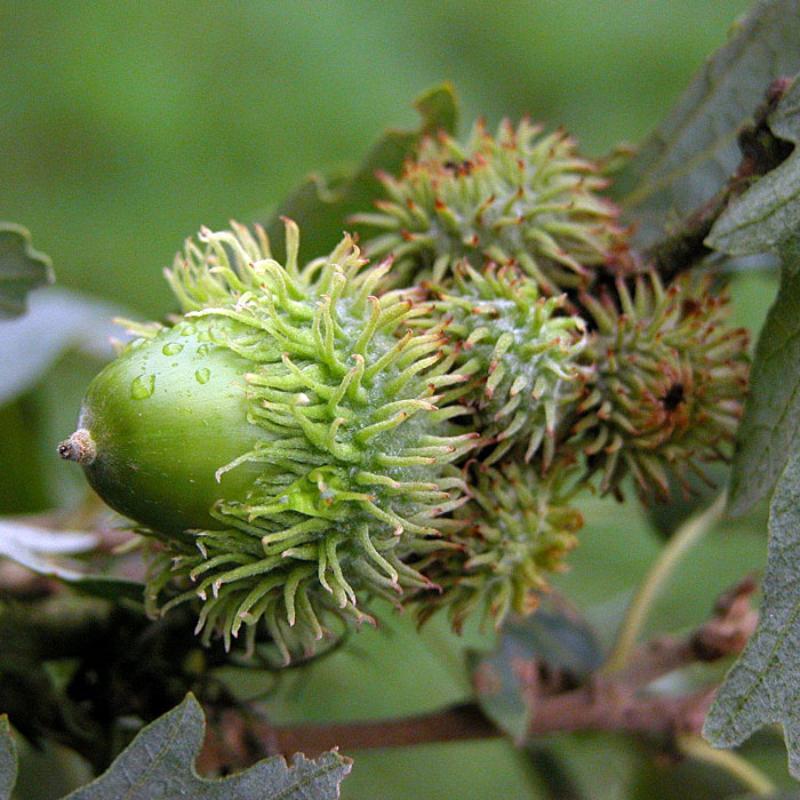| Botanical name | Quercus cerris |
| Common name | Turkey oak |
| Category | altofusto spogliante |
| Origin | native to south central and south east Europe and parts of south west Asia. The species range extended to northern Europe (including the UK) before the previous ice age, about 120, 000 years ago. It was introduced into Britain in 1735. Quercus cerris is naturalized in much of Europe. It will readily hybridise with Quercus suber resulting in Quercus x hispanica |
| Bearing | fast growing large, broad deciduous tree |
| Leaves | its glossy mid green leaves are alternate, up to 14 cm long and 5 cm wide, with 7 – 8 varying triangular lobes on each side, the leaves are also pubescent with stellate hairs on the lower surface |
| Flowers | the tree is monoecious, its flowers appear in the form of 5cm long male catkins and small female flowers appearing at the base of the leaves |
| Soil | Quercus cerris prefers moist, fertile, well-drained soils. It tolerates most pH of soil, particularly lime rich soils. |
| Max Height | 30 m |
| Max Width | 20 m |
| note | the etymological root of the binomial name Quercus is derived from the Latin name for an Oak tree; some authorities derive the word from Celtic, quer, fine and cuez, a tree. Cerris is derived from the Latin cerrus the ' Turkey Oak' |

Via Fiorentina n. 275-277 - 51100 Pistoia - Italy
E-mail: info@zinipiante.it Tel. +39 0573 380090 Tel. +39 335 7702807 Fax +39 0573 382075
Zini Piante - P.IVA: IT01695230472 - C.C.I.A.A. PISTOIA
C.F.: ZNIGRL84B03G713L - R.U.P.: PT/09/4999
Non è consentita la riproduzione anche parziale su qualsiasi supporto, incluso quello elettronico, di testi e foto di questo sito web.
Copyright 2018 Zini Piante - All Rights Reserved
Privacy policy

Copyright 2018 Zini Piante - All Rights Reserved
Privacy policy
















